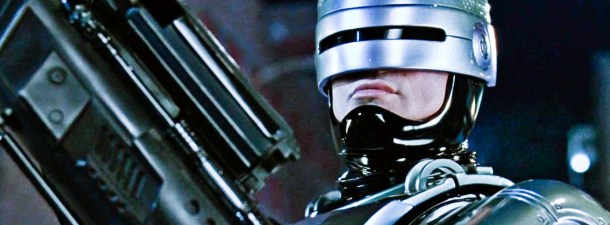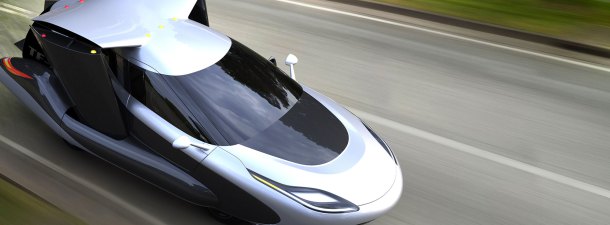The American agency DARPA is characterized by undertaking the most futuristic projects. At its core, extremely celebrated inventions such as the Internet itself, or at least its embryo, have arisen. It goes without saying that artificial intelligence is one of its areas of investigation. The agency’s focus goes beyond the development of algorithms. Those responsible have publicly stated that they are working on combining humans with machines.
On the contrary to the first thing that may come to mind, the concept is not synonymous with cyborgs or RoboCop. In fact, the combination of people and machines already exists today. Among the research that DARPA has supported is that being done by Harvard Medical School scientists. Their goal consists in determining which medications will stop skin cancer in patients suffering from that disease.
It doesn’t seem like work where humans can be combined with machines, but once again the concept is not just the futuristic vision with apocalyptic overtones that science fiction constantly transmits. In order to find out what the best treatment is, scientists have the help of a powerful algorithm that they’ve developed. Its ability: calculating the interactions that chemical compounds have with the patient’s cells. The role of the scientists: to think what would be the most adequate treatment in a specific case. This is something they do from the clinical evidence and their theoretical knowledge, but also from their experience and an important distinctive trait: their intuition.
At the University of Utah, DARPA has given its support to another research program. In this case, scientists have worked with Fleenor, a 25 year old individual who lost both hands in a serious accident. A chip was implanted in his arm and when he moves it his arm appears on a screen with an attached virtual hand. The interesting thing is that when Fleenor is going to open a virtual door, he feels it both biologically and neurologically.
These are examples of the work that DARPA finances in this futuristic sphere of combining humans with machines. It also sponsors research with exoskeletons to help paralysed individuals. The implant of chips that carry out functions similar to those of a computer is another branch that the agency studies. Furthermore, using this type of processing for combining them with people but without implantation it is also considered.
This coincides with the idea of artificial intelligence that Elon Musk, the founder of Tesla, espouses. He recently stated that the combination of humans and machines is necessary for our survival in the future. His words sound exalted, but his explanation is moderated. For Musk, technology should be a third cerebral layer for people. The first cerebral layer is animal instinct, with the cortex above it providing us with reasoning. The following step is the digital one. According to the businessman, we’ve already reached this point. Despite not being inside our bodies, digital tools are with us on a day-to-day basis.
DARPA investigations such as smart lenses that would allow military personnel to see what a drone sees from the air, would fall into this category.
Images: Metro-Goldwyn-Mayer and Cea.









